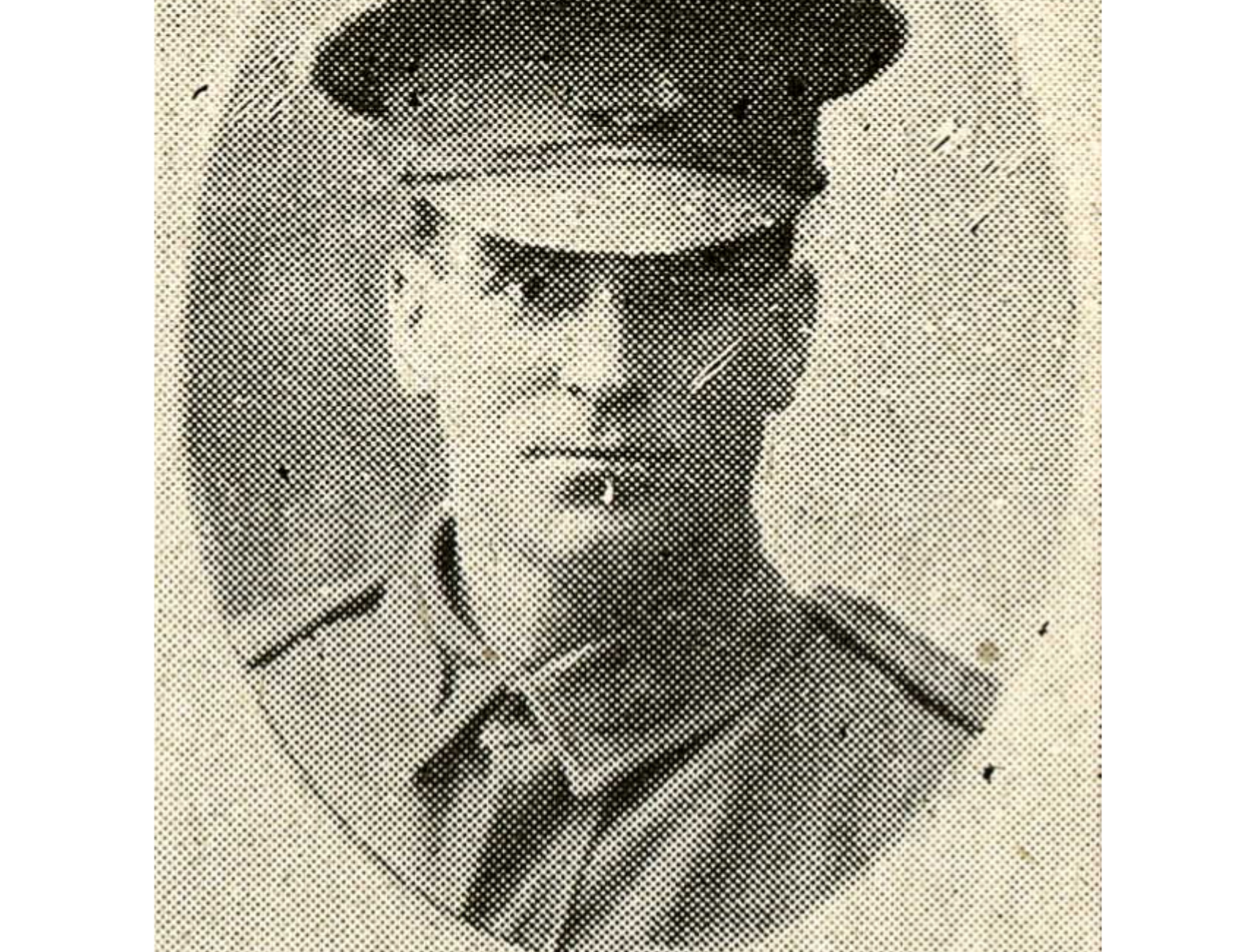Pte
John Peter Quinn
Information about birth
|
Date of birth: 14/02/1890 |
|
Place of birth: Eidsvold, Queensland, Australia |
General information
|
Last known residence: Gatton, Queensland, Australia |
|
Profession: Stockman |
|
Religion: Church of England |
Army information
|
Country: Australia |
|
Force: Australian Imperial Force |
|
Rank: Private |
|
Service number: 562 |
|
Enlistment date: 09/09/1916 |
|
Enlistment place: Maryborough, Queensland, Australia |
|
Units: — Australian Machine Gun Corps, 1st Coy. (Last known unit) — Australian Machine Gun Corps, 3rd Coy. — Australian Machine Gun Corps, 7th Coy. |
Information about death
|
Date of death: 21/12/1975 |
|
Age: 85 |
Cemetery
|
Eidsvold Cemetery Plot: Unknown Row: Unknown Grave: Unknown |
Points of interest 4
| #1 | Place of birth | ||
| #2 | Last known residence | ||
| #3 | Enlistment place | ||
| #4 | Place of wounding |
My story
John Peter Quinn was the son of John Peter and Emily Ora Quinn. He was born on 14 February 1890 in Elsvoid, Queensland, Australia. He lived in Gatton, Queensland with his wife Pearl and worked as a stockman. He enlisted in the Australian Army in September 1916. He initially joined the 7th Machine Gun Company. In May 1917, he was transferred to the 3rd Machine Gun Company.
During the Battle of Passchendaele, on 4 November 1917, John was wounded by gas poisoning. The 3rd Machine Gun Company relieved the 21st Machine Gun Company on 1 November near Chateau Belge, located along today’s Marshofstraat and Dikkebusvijverpad. The war diary of the 21st Machine Gun Company mentions heavy shelling with gas grenades during the night of 1 November. Two days later, on 3 November, two of their men are evacuated because of gas effects. On 4 November, John shows symptoms of poisoning by mustard gas. The sticky stuff burned the skin and affected the respiratory tract. It remains on the marshy terrain for days. like petrol on the surface of water. Although there were relatively ‘few’ direct deaths, the gases put thousands out of action.
John is evacuated by the 3rd Australian Field Ambulance on 5 November. They had been stationed at Wippenhoek, near the Franco-Belgian border near Poperinge, since 1 November. On 7 November, he was evacuated to England. Seven months later, John made another crossing to the French battlefields and joined the 1st Machine Gun Company. He survived the Great War and died in 1975. He is buried in Eidsvold Cemetery.
During the Battle of Passchendaele, on 4 November 1917, John was wounded by gas poisoning. The 3rd Machine Gun Company relieved the 21st Machine Gun Company on 1 November near Chateau Belge, located along today’s Marshofstraat and Dikkebusvijverpad. The war diary of the 21st Machine Gun Company mentions heavy shelling with gas grenades during the night of 1 November. Two days later, on 3 November, two of their men are evacuated because of gas effects. On 4 November, John shows symptoms of poisoning by mustard gas. The sticky stuff burned the skin and affected the respiratory tract. It remains on the marshy terrain for days. like petrol on the surface of water. Although there were relatively ‘few’ direct deaths, the gases put thousands out of action.
John is evacuated by the 3rd Australian Field Ambulance on 5 November. They had been stationed at Wippenhoek, near the Franco-Belgian border near Poperinge, since 1 November. On 7 November, he was evacuated to England. Seven months later, John made another crossing to the French battlefields and joined the 1st Machine Gun Company. He survived the Great War and died in 1975. He is buried in Eidsvold Cemetery.
Sources 4
|
21st Australian Machine Gun Company, (Australian War Memorial, Campbell (AWM), AWM4 24/21/11). https://www.awm.gov.au/ Sources used |
|
3rd Australian Machine Gun Company, (Australian War Memorial, Campbell (AWM), AWM4 24/8/21). https://www.awm.gov.au/ Sources used |
|
Edmonds J.E. & Litt D. History of the Great War Based on Official Documents by Direction of the Historical Section of the Committee of Imperial Defence: Military operations France and Belgium, 1917. Volume II 7th June-10th November Messines and Third Ypres (Passchendaele). London, Imperial War Museum, 1993, pg. 347. Sources used |
|
First Australian Imperial Force Personnel Dossiers, 1914-1920, (National Archives of Australia, Canberra (NAA), B2455, QUINN J P). https://recordsearch.naa.gov.au/SearchNRetrieve/Interface/SearchScreens/BasicSearch.aspx Sources used |
